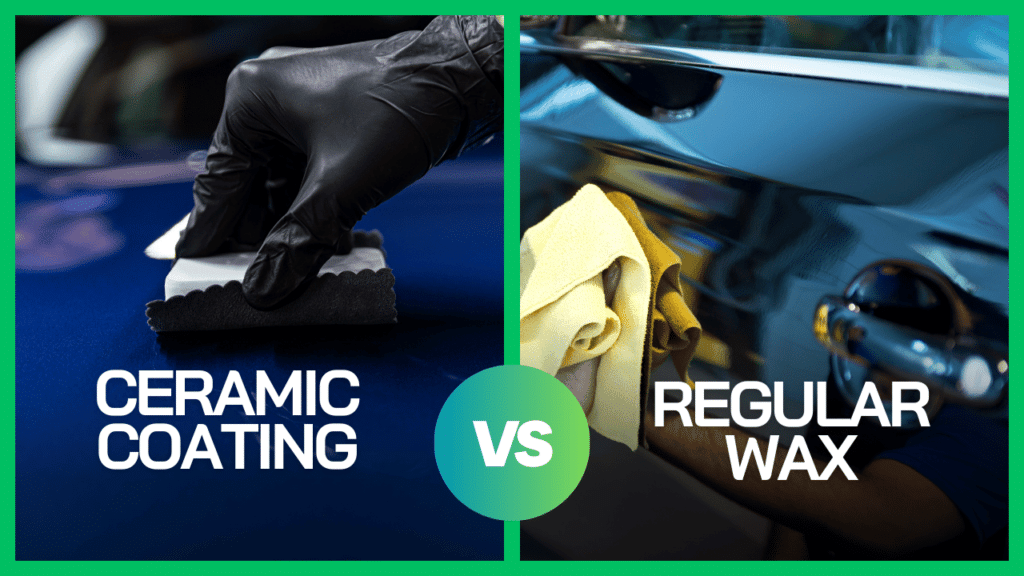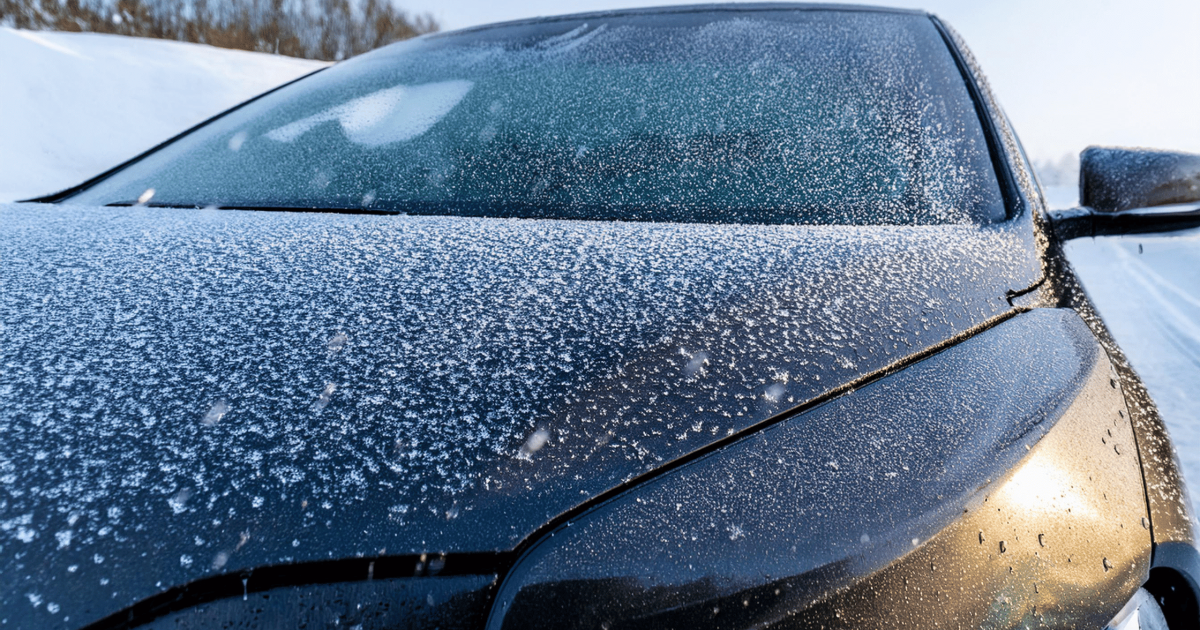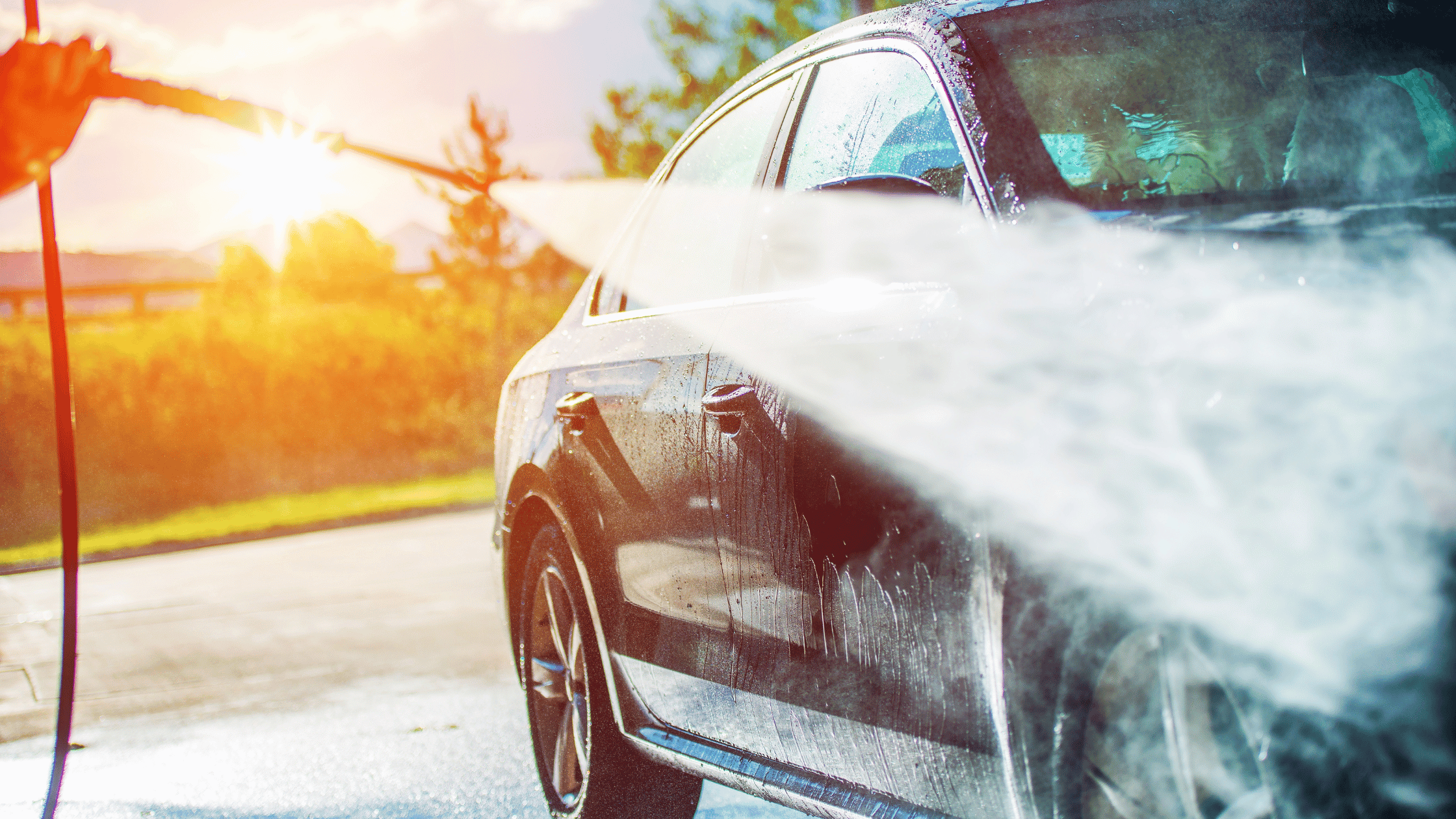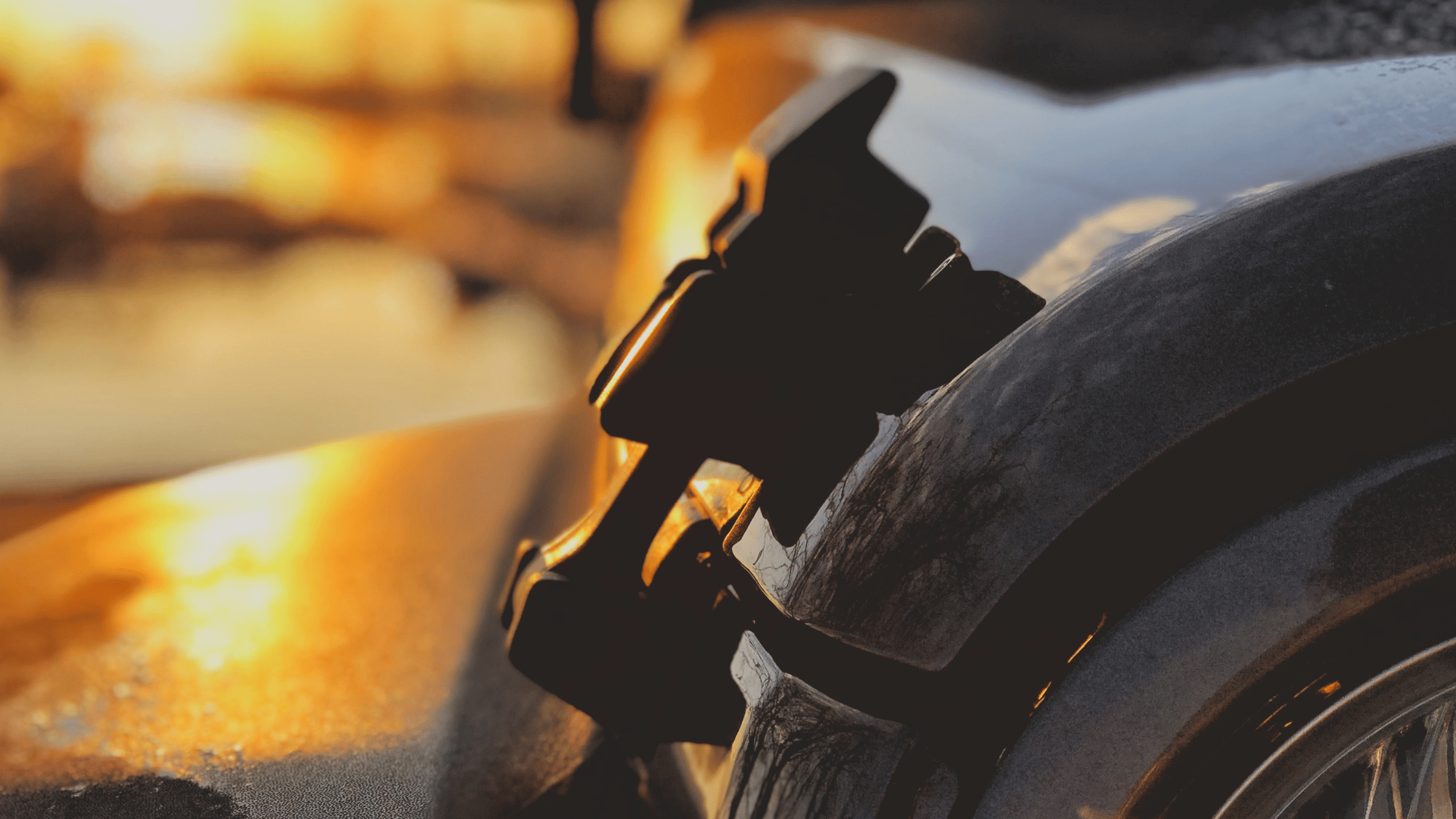Winter in Minneapolis is brutal on cars. Between freezing temperatures, road salt, and slush-covered streets, your vehicle takes a serious beating. While regular washing and detailing help, many car owners wonder if ceramic coating for winter is worth the investment. The short answer? Absolutely. But let’s dive into why.
What Is Ceramic Coating?
Ceramic coating is a liquid polymer applied to a vehicle’s exterior that bonds with the paint to create a durable, hydrophobic layer. Unlike wax or sealants that wear off quickly, ceramic coating provides long-term protection against environmental hazards, including the harsh conditions of winter.
How Does Ceramic Coating for Winter Protect Your Car?
Winter conditions are a nightmare for your car’s paint and undercarriage. Here’s how ceramic coating makes a difference:
1. Shields Against Road Salt and Chemicals
Road salt is essential for keeping streets safe, but it’s one of the biggest culprits in corrosion and rust formation. Ceramic coating creates a protective barrier that prevents salt and chemicals from bonding to your paint.
2. Repels Snow, Ice, and Slush
A major benefit of ceramic coating is its hydrophobic properties. Water, snow, and slush slide off the surface instead of sticking, making it easier to keep your car clean and reducing the buildup of contaminants.
3. Reduces the Need for Frequent Washing
With winter grime accumulating quickly, keeping your car clean can feel like a never-ending battle. Ceramic coating prevents dirt and salt from clinging to the paint, so your vehicle stays cleaner for longer.
4. Protects Against Paint Damage and Swirl Marks
Winter detailing often involves frequent scrubbing and washing, which can lead to micro-scratches and swirl marks. The slick, smooth surface of a ceramic-coated car reduces the chances of abrasive damage.
5. Maintains Gloss and Appearance
Even in the dullest winter months, a ceramic coating helps your car maintain a glossy, just-detailed look by preventing oxidation and keeping contaminants from dulling the finish.

Ceramic Coating vs. Wax: Which Is Better for Winter?
Some drivers rely on wax to protect their paint, but there’s a key difference: wax wears off quickly, especially in extreme weather. Here’s how they compare:
| Feature | Ceramic Coating | Wax |
|---|---|---|
| Durability | 2-5 years | 1-3 months |
| Protection Against Salt | ✅ Yes | ❌ No |
| Hydrophobic Properties | ✅ Yes | ✅ Limited |
| Resistance to Scratches | ✅ Yes | ❌ No |
| Maintenance | ✅ Low | ❌ High |
For long-term winter protection, ceramic coating for winter outperforms wax in every category.
When Should You Apply Ceramic Coating for Winter Protection?
The best time to apply ceramic coating is before winter starts—ideally in the fall when temperatures are still moderate. However, if you missed that window, it’s not too late. Professional detailers can apply ceramic coating year-round, even in cold weather, using controlled environments.
Does Ceramic Coating Protect the Undercarriage?
While ceramic coating is excellent for paint protection, it doesn’t cover your undercarriage. Since this is where salt and moisture accumulate the most, we recommend a separate undercoating treatment to prevent rust formation in these vulnerable areas.
Is Ceramic Coating Worth It for Older Cars?
Absolutely. Even if your car isn’t brand new, ceramic coating helps preserve its current condition, adds shine, and provides long-term protection against harsh winter elements. A proper paint correction before application ensures maximum results.
Should You Get Ceramic Coating for Winter?
If you want to protect your car from road salt, snow, and harsh winter conditions, ceramic coating for winter is one of the best investments you can make. It minimizes maintenance, preserves your paint, and keeps your vehicle looking its best—even through Minneapolis’ toughest winters.
Want expert ceramic coating application? Showroom Shine Specialists provides mobile detailing services designed to keep your car protected all season long. Book an appointment today and shield your ride from winter’s worst.





